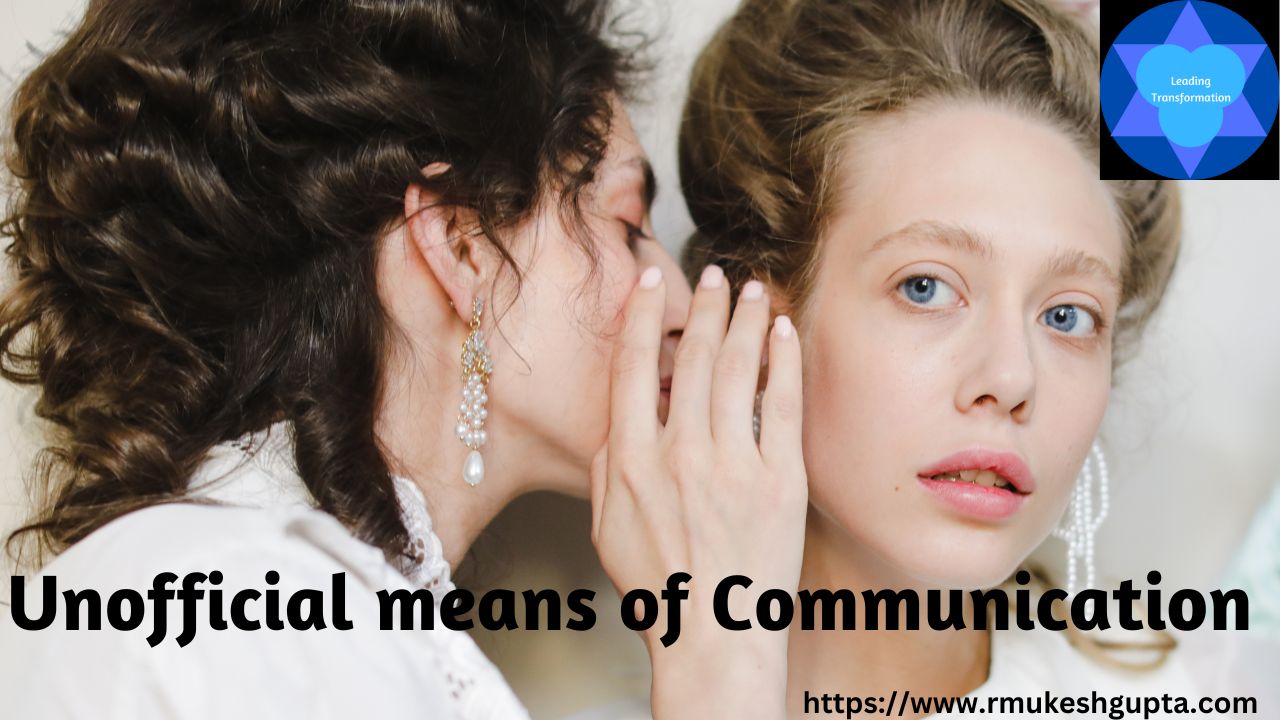
One of the responsibilities of a leader is to simplify complexity in a way that everyone can relate and make sense. One of the best ways to do is by the use of metaphors.
Metaphors are used to explaining something (new and unknown) by comparing it with something else (common and known). We generally use a lot of metaphors in our day to day conversations. Some of become cliches and enter the collective consciousness of a generation if not more.
While we can continue to use such metaphors, when they make sense, the true power of metaphors are realised when we build our own metaphors depending on the context and the audience.
Coming up with a new metaphor can be chalked up to a very simple formula.
X is like Y because ….
Here X is the new idea or concept that we want to introduce. Y is something that the audience knows and understands well. What follows after “because” is how the two concepts are related.
This allows the human brain to superimpose the relationship and the attributes of the known idea onto the new idea. If we find a way to connect the ideas in a meaningful way, the new idea becomes easier to grasp and understand.
The key here is to choose the right “Y”, the meaning of which should be undeniably obvious and understood by the audience. The less ambiguity or confusion the better.
As leaders, if we can come up with interesting metaphors while sharing new ideas or as part of our stories, our communication becomes memorable and impactful. Our stories become unique and memorable. As a result, we become influential and memorable.
Some metaphors that I have used a lot are:
Curating a culture is like curating a garden!
We start with the kind of garden we want. We take care of the garden everyday. We take care of the plants we want to keep and weed out everything else.
Same with cultures. We need to know what is the culture we want (end result). We need to take care and act every day. We take good care of (reward and recognise) what we want to nurture and weed out (condemn and punish) what we don’t want.
Leading is like going on a journey with friends or family.
We need to know the destination. We decide the transport we will take (bike, car, bus, train or ship or a flight). We keep moving towards the destination and course correct if we are stuck or end up in a traffic jam.
Same with leadership. It is about having a vision about the destination. Based on how far it is, and how many people we are, we decide the mode of transportation (startup, new division in a large corporate or an NGO, etc). We keep moving towards our destination while responding to whatever comes in our way and course correcting as necessary!
In conclusion:
In conclusion, when used well, metaphors give leaders the ability to simplify complex ideas and help make their teams make sense of them. They also help leaders in make their stories and communications stand out and memorable.
More importantly, it allows for the ideas to take root and have an impact. Isn’t that what leadership all about?




